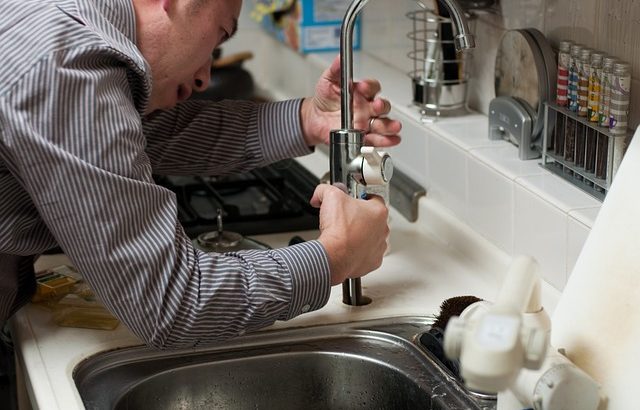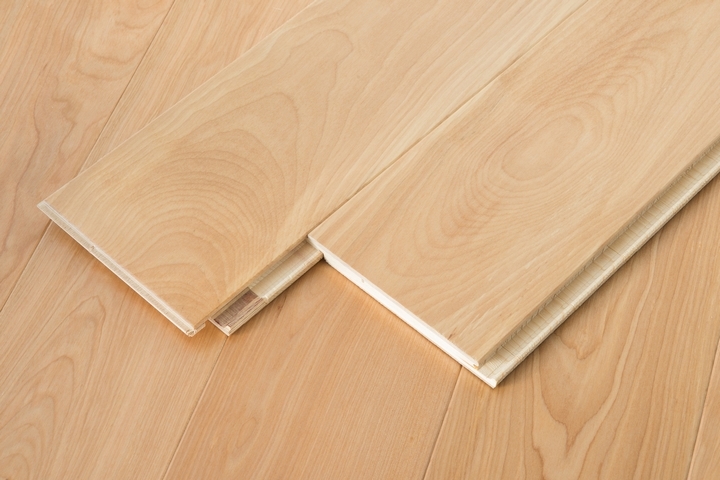Water rising to your ankles in the shower, an odor as the water goes down the drain in the kitchen or standing water in the bathroom sink are all signs of a clogged drain. Slow draining and clogged sinks are frustrating, but everyone experiences this problem at some time or another.
The good news is, in many situations you can unclog the sink yourself without damaging the plumbing or having to call a plumber. Here are six ways to unclog a drain without using harsh chemicals or calling a plumber.
1. Wire Coat Hanger

This technique works well for removing hair and other gunk from the bathroom sink. Simply straighten the hanger the best you can, then using the small hook at the end of the wire hanger slowly pull out the blockage.
Keep in mind that the goal is to pull the clog out, not push it further into the drain. Once you have removed as much of the clog as possible, run the hot water for a couple of minutes to clear the drain.
2. Wet & Dry Vacuum
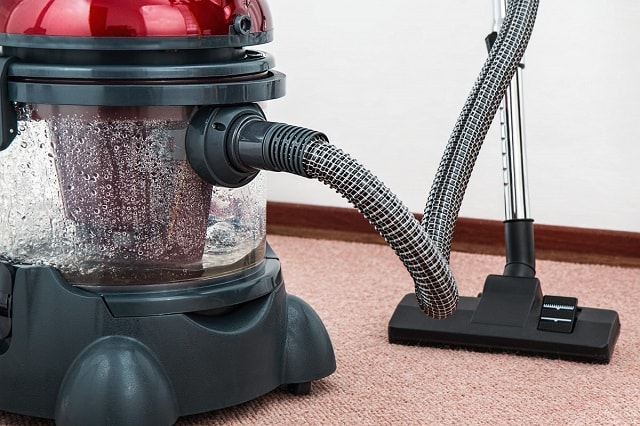
If you have a wet and dry vacuum, it can be a great tool for unclogging bathroom sink drains. The first step is to set the vacuum to liquids and cover the vent to avoid causing a mess.
To create a tight seal over the drain, place an old plunger head over the drain and put the hose through the plunger head. Turn on the vacuum to the highest setting to draw the clog up through the pipe and into the vacuum canister.
3. Vinegar and Baking Soda
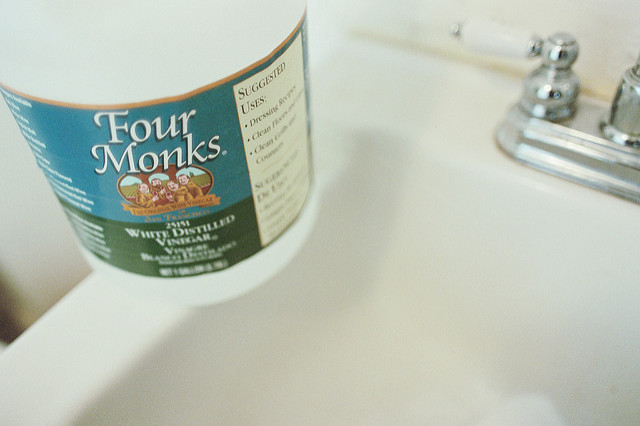
A mixture of vinegar and baking soda can often be used to clear a clogged drain in the kitchen or bathroom sink as well as the bathtub. Mix equal parts of vinegar and baking soda in glass measuring cup, pour the mixture down the drain. The mixture will begin to fizz as soon as the vinegar and baking soda are combined, so you should pour into the drain immediately (it’s the fizzing that helps to break up the clog). Allow the mixture to sit for as long as possible (overnight is the best), then flush the drain with hot water.
4. Baking Soda and Salt
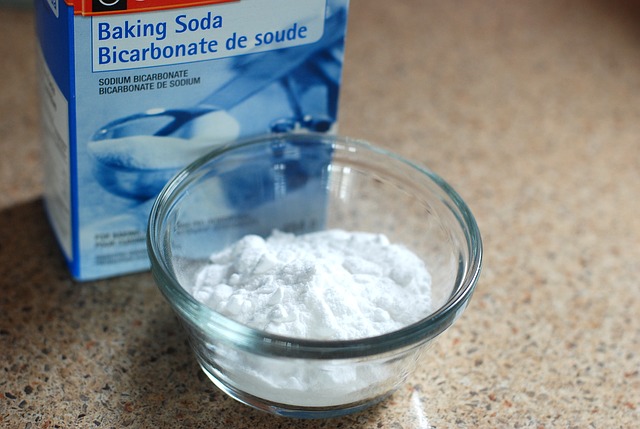
A mixture of baking soda, salt and hot water creates a chemical reaction that may dissolve the blockage, without damaging the plumbing. Mix ½ cup of sea salt or iodized salt with ½ cup of baking soda and pour down the drain. Allow the solution to sit in the drain for about 20-minutes and then pour boiling water down the drain.
5. Clean the Pipes
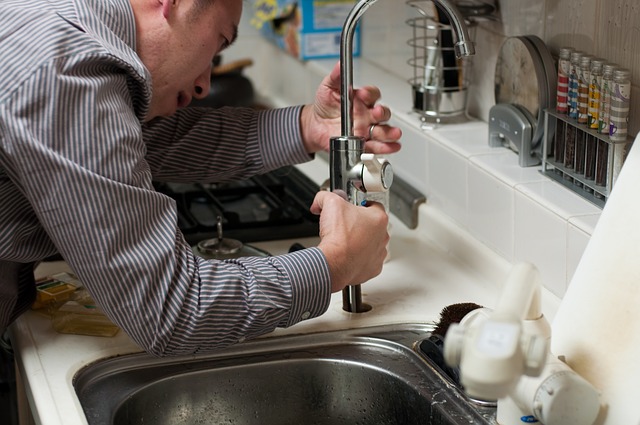
This process involves removing the trap located under the sink. First, place a large bowl or bucket under the trap (the U-shaped pipe) to collect the water. Use a large wrench to loosen the nuts at both ends of pipe; after loosening, you should be able to remove the nuts by hand.
Remove the trap and turn it upside down over the buck, if necessary, use an old toothbrush to remove debris that may be caught in the trap. Rinse the inside of the trap with hot water, and then reinstall. Call express rooter for the plumbing work if anything goes wrong, they’ll help you with any kind of repair work is required.
6. Use a Plunger

A small sink plunger often works great at removing clogs caused by hair, grease and other debris. Turn on the water to ensure there is some water to help push or pull the clog out. Create a tight seal with the plunger and plunge in quick, forceful motions until the debris is loosened. Be warned, there will typically be a lot of gunk come up into the drain, so be prepared to clean the sink afterward and make sure to run hot water through the drain after plunging.
If none of the above tips work to clear the clog, there may be a bigger problem, such as a blockage caused by tree roots. If you are unable to clear the drain, make sure to call a local plumber before the problem worsens.

